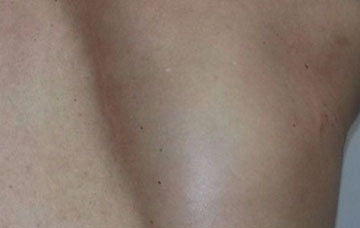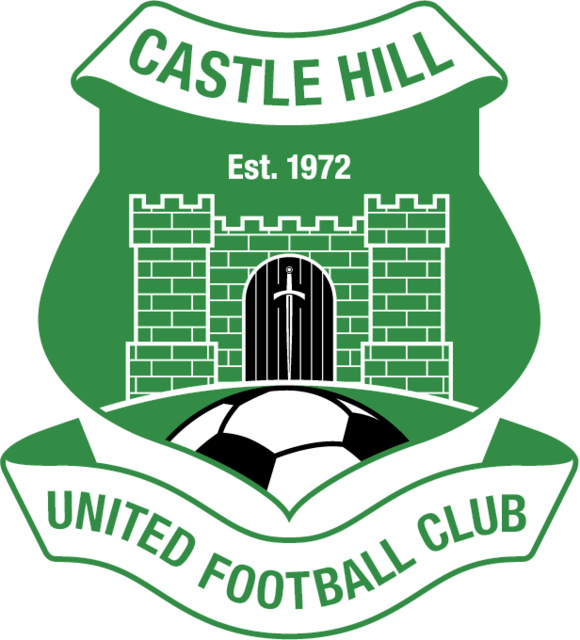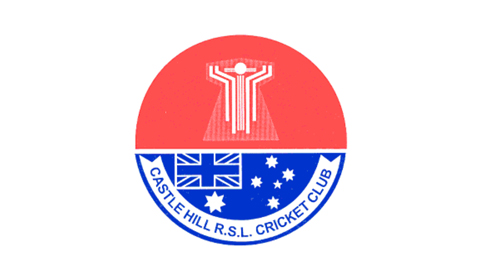While the proverbial pain in the neck gets plenty of publicity, our experience here at Arrow Physiotherapy is that pain in the shoulder is just as nasty (if not more so!). When you’ve hurt your shoulder, so many of life’s daily activities become painful – getting dressed, picking up bags or children, gardening, driving, even lying in bed.
The shoulder joint comprises the collarbone (clavicle), shoulder blade (scapula) and the upper arm bone (humerus), which are held together by muscles, ligaments and tendons.The shoulder must be both mobile enough to undertake a large range of movements while also being stable enough to enable you to pull, push and lift. This is where issues largely lie – achieving a balance between movement and stability is a delicate business and when this balance isn’t right the shoulder is particularly vulnerable to a variety of problems.
The majority of shoulder injuries arise from dysfunction of the soft tissues surrounding the joint. Many individuals experience problems with damage of the rotator cuff (a group of tendons which surround the ball part of the shoulder), caused by ageing, trauma, sporting injury or repeated use. Pain surrounding the shoulder blade is often linked to long periods of sitting at a computer, where poor posture puts additional strain on the shoulder and scapular muscles. It can also be due to overuse with many forms of physical activity. Tendinopathy (damaged tendons) and inflammation of the bursa (bursistis) are also responsible for the debilitating pain and loss of movement associated with shoulder injury and often attained due overuse or ‘wear & tear’. Other shoulder issues include dislocation, ‘frozen shoulder’ and complications arising from arthritis.
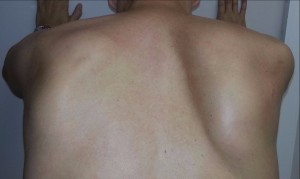
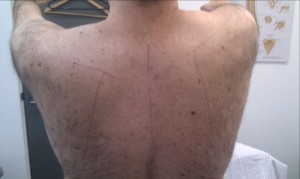
If you are one of the many individuals who suffer from shoulder problems, here are four vital steps to help restore your shoulder to health:
- Avoid aggravating the problem. If there are activities that make your shoulder hurt, like lifting weights at the gym or raising your arms, then minimising these actions as much as possible is pertinent.
- Take action against inflammation. In addition to resting the region, it may help to regularly ice the affected shoulder for 15-20 minutes at a time (no more frequently than every 2 hours). Anti-inflammatory medication may also assist as a short-term option for reducing any inflammation present – speak with you doctor or pharmacist.
- Work on flexibility and strength. If you have reduced flexibility in your shoulder area, your shoulder joint and surrounding structures are placed under extra pressure. Consult your physiotherapist about ways in which you can increase flexibility and strength in your shoulder. It is important that you balance any resistance training with a thorough stretching/flexibility routine, focusing in particular on your chest, neck and upper back regions.
-
Care for your shoulders. There are lots of ways you can reduce the load your shoulders endure on a daily basis. Try to carry only the essentials in your backpack or hand-bag, and practise good posture when you sit at the computer, making sure you get up and move around regularly. Consider whether the pillow you use offers enough support to your neck and shoulder region, and avoid long drives where possible, as extensive periods with arms outstretched on the steering wheel can be a source of strain. If you have recently started a gym routine, make sure that your program is well-suited to your ability and that you don’t try to be superman with what weights you are lifting!Shoulder pain can be hugely debilitating and if not addressed swiftly can take a long time to heal but the good news is you are not alone. Here at Arrow Physiotherapy we are serious about sharing the load, and our team of physiotherapists are qualified to diagnose and develop a personalised recovery plan for your specific shoulder injury. Call us on 02 8850 7770 today.

